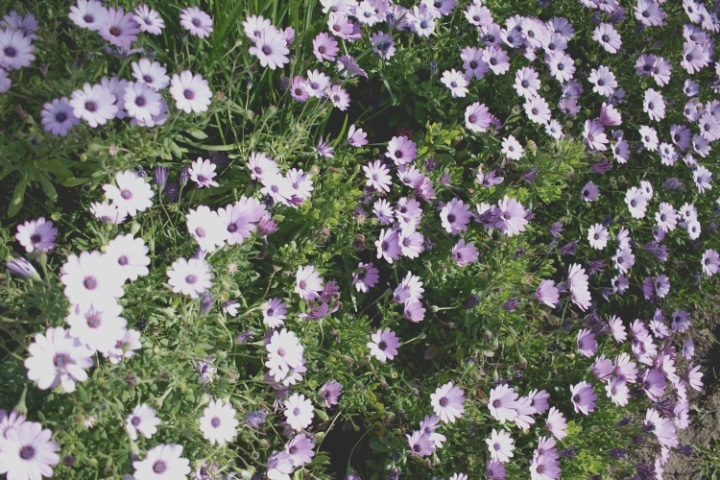
Get An Instant Quote on FL – Non-Native Species Planting Bond Now
In Florida’s lush landscapes, the introduction of non-native plant species can have far-reaching ecological consequences. To mitigate the risks associated with invasive flora, the state has implemented regulations governing the planting of non-native species. Central to these regulations is the FL Non-Native Species Planting Bond, a vital tool in preserving the natural balance of Florida’s ecosystems. Understanding the purpose and implications of this bond is essential for anyone involved in landscaping or horticultural activities within the state.
Non-native plant species, while often prized for their aesthetic appeal or utility in landscaping, can pose significant threats to native ecosystems. These species have the potential to outcompete native plants for resources, disrupt natural habitats, and alter the ecological dynamics of an area. In Florida, where biodiversity is rich and ecosystems are delicately balanced, the introduction of non-native species can have particularly detrimental effects, leading to reduced biodiversity, habitat degradation, and increased susceptibility to pests and diseases.
The FL Non-Native Species Planting Bond plays a crucial role in promoting responsible landscaping practices and mitigating the risks associated with non-native species introduction. By requiring individuals and entities to obtain this bond before undertaking landscaping projects involving non-native plants, the state ensures that stakeholders bear financial responsibility for any adverse environmental impacts resulting from their actions. This encourages careful consideration of plant selection and cultivation methods, fostering greater awareness of the importance of preserving Florida’s native ecosystems.
Compliance with the FL Non-Native Species Planting Bond is enforced through regulatory oversight and monitoring by state agencies responsible for environmental conservation. Individuals and entities found to be in violation of bond requirements or engaged in the unauthorized planting of non-native species may face penalties, including fines, suspension of permits, or legal action. Additionally, the bond serves as a mechanism for affected parties to seek restitution for damages caused by non-compliant landscaping activities, ensuring accountability and deterrence against future infractions.
In the ever-evolving landscape of environmental conservation, the FL Non-Native Species Planting Bond stands as a vital tool in protecting Florida’s native ecosystems from the threats posed by invasive plant species. By requiring individuals and entities to obtain this bond before undertaking landscaping projects involving non-native plants, the state promotes responsible stewardship of its natural resources and ensures the preservation of biodiversity for generations to come. Understanding the significance of this bond is essential for anyone involved in landscaping or horticultural activities within the Sunshine State, as it reflects a collective commitment to cultivating conservation and safeguarding Florida’s ecological heritage.
The FL Non-Native Species Planting Bond serves as a safeguard against the potential environmental harm caused by the introduction of non-native plant species. It requires individuals or entities involved in landscaping projects to provide financial assurance that they will adhere to state regulations regarding the selection and cultivation of plant species. Essentially, this bond acts as a form of insurance, ensuring that if non-native species cause ecological damage, funds are available to remediate the affected areas.

While the FL Non-Native Species Planting Bond is a standard requirement for many landscaping projects involving non-native plant species in Florida, there may be circumstances where waivers or reductions are considered. For instance, projects focused on research, educational initiatives, or environmental restoration efforts may be eligible for exemptions or reduced bond amounts. However, such exceptions are typically granted on a case-by-case basis and are subject to approval by the relevant regulatory authorities. Applicants seeking waivers or reductions should provide compelling justification for their request, demonstrating how their project aligns with broader conservation objectives and poses minimal risk to native ecosystems.
Determining whether a plant species is considered non-native and subject to bond requirements can be complex, as it often depends on various factors, including the plant’s origin, naturalization status, and potential impact on native ecosystems. While some species may be clearly recognized as non-native due to their introduction from outside the region, others may have established themselves over time and become naturalized. In such cases, classification decisions may involve consultation with botanical experts, ecological assessments, and consideration of historical records. Additionally, state and local authorities may maintain lists of prohibited or regulated plant species to guide compliance with bond requirements and promote the conservation of native flora.
One of the unique challenges associated with non-native plant species is their potential to spread beyond the confines of a landscaping project and invade adjacent natural areas. The FL Non-Native Species Planting Bond addresses this concern by requiring bondholders to implement measures to prevent the escape and spread of non-native plants into surrounding environments. This may include installing physical barriers, implementing monitoring and control protocols, and employing best management practices to minimize the risk of unintended propagation. In the event that non-native species do escape and cause ecological harm, the bond provides a financial resource for remediation efforts, such as invasive species control, habitat restoration, and ecosystem rehabilitation. By incorporating provisions for proactive management and containment, the bond aims to mitigate the broader impacts of invasive plant species and protect the integrity of Florida’s native ecosystems.
Axcess Surety is the premier provider of surety bonds nationally. We work individuals and businesses across the country to provide the best surety bond programs at the best price.